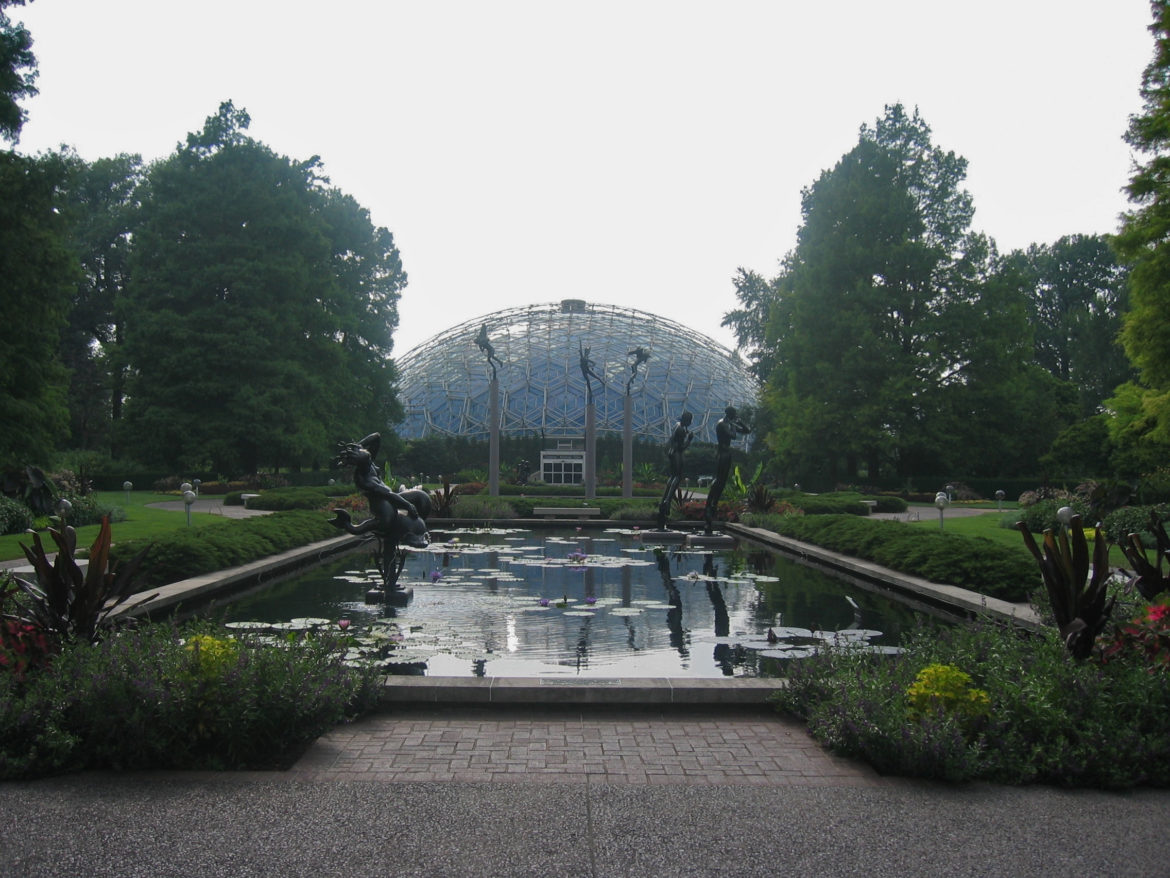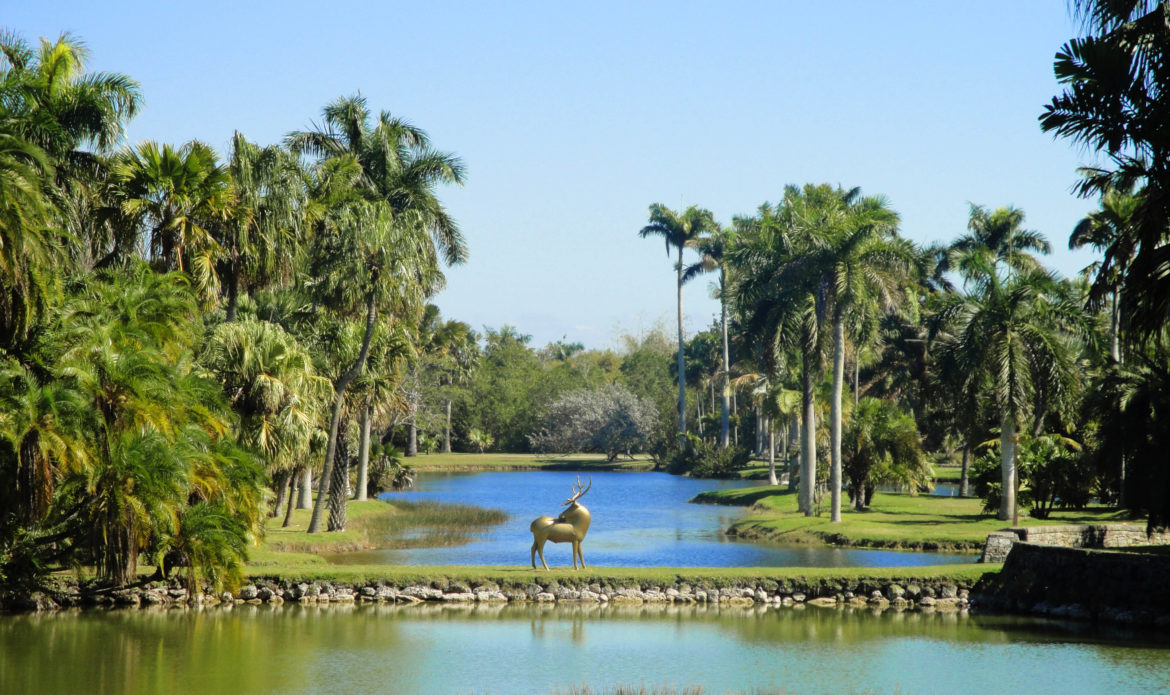
When I lived up north, mid-February was the worst time of year for me. The days were getting longer, true, but the wear of everything being harder, from going to work to grocery shopping, started to chafe at my patience. The days were still compressed by short daylight compared to the other times of year. I didn’t grow up with winter sports on the menu because of money and location, so there was no comfort there. Crocus blooms were still weeks away. Meanwhile, my fated houseplants were starting to see their ancestors.
My hunt for green at this time of year would become an obsession. It was a quest for something other than evergreens, which in the stark landscape seemed more like shadows than trees. April wasn’t the cruelest month; T.S. Eliot got that one wrong. It was February.
These were the days of Netscape; the browser world was in its infancy. It took a few minutes to download even small photos. AOL ruled the internet, and there were no Google maps or online reviews. But the internet was a place where, unlike television, one could see whatever one wanted to see, 24 hours a day, even when the library was closed. It allowed for explorations that were different than found in an encyclopedia or a travel guide, even if those resources were still nowhere near the opportunities we have today.
It was there on that primitive internet that I found some green spaces, or more precisely, the locations of botanical gardens that I could visit and have my fix of green things. I find these gardens to be magical places, though not like the deep wild that I’ve written about elsewhere. Gardens are places of reflection where society more fully mediates our relationship with the natural world. They are sources of knowledge on deeply important issues like permaculture and complexity. But they are, first and foremost, sanctuaries where, even in the most urban of areas, there is an opportunity to commune and explore.
February was also the time of year where I would try to plan my garden for the coming season. The bulbs had been in since the fall, but I hadn’t yet chosen the annuals. It was about this time that the seed companies would flood my mailbox with catalogs full of amazing choices for the garden from late-spring through fall. The botanical gardens gave me ideas on possibilities for our small garden. None of those ideas ever came to fruition, but it was nice to look and dream in the still-dreary skies after Imbolc.
What makes things different two decades later is the opportunity to visit virtually, from botanical museums to gardens with only the artistry of landscape design as their purpose. These days, all locations are few clicks away. No matter where we happen be, a non-corporeal visit is possible through the internet. Here is a brief selection of my favorite botanical gardens: I’m far from having seen them all. This list is mostly U.S.-centric and nothing more than my opinion, a novice’s review of place I happen to have been. Perhaps in summer, I can cover the Royal Botanic Gardens, Kew, the Garden of Ninfa, Montreal, and (if ever I can make it there) Kirstenbosch.
Before I get hate mail for not including some major gardens, these are some of my favorites for winter. As a garden addict, I have many others for the other seasons; and I invite readers to share their own locations – because, as an addict, I need to know where to visit next.
Missouri Botanical Garden, St. Louis, Missouri
Opened in 1859 and founded by philanthropist Henry Shaw, the Missouri Botanical Garden (often called Shaw’s Garden) is stunning. The 79 acres offer a range of garden designs from the Victorian garden around the Tower Grove House to Seiwa-en, a 14-acre Japanese strolling garden. They also have a prairie garden area and a Chinese garden. The star of the show is the Climatron, a geodesic greenhouse of tropical plants, from succulents to vines to orchids, and a waterfall to boot.

The Climatron at the Missouri Botanical Garden [Source: Wikimedia Commons].
Atlanta Botanical Garden, Atlanta, Georgia
The grounds are amazing and the garden is serene, but what’s most compelling about this garden is that the temperate climate of Atlanta allows a diverse set of plants to grow year-round, even when days are cold and short. The climate also allows for an earlier spring, so dormant bulbs break earlier. They have a boardwalk through a wooded area that sees dormancy, but even there, hints of green appear throughout. They also have a sizable arboretum with tropical plants that include orchids and palms.
Brooklyn Botanic Garden, New York City, New York
Located in Prospect Park, this is a 52-acre garden that is really a collection of gardens within a garden. One favorite area is the Shakespeare English-cottage garden, which connects names of plants to the Bard or the historical time when he wrote. There is a fragrance and kitchen herb garden that is open during much of the year. For the winter, though, it really is about the conservatory. The visually stunning neo-Victorian Steinhart conservatory offers an exceptional indoor plant collection, including a fantastic bonsai collection; it also houses a unique aquatic garden, as well as a desert pavilion. As a bonus round, for 2019, I’ve learned they will have an upcoming Frida Kahlo Plant Inspiration Tour.
Fairchild Botanical Garden, Coral Gables, Florida
I’m biased for this one, given that I live in Florida. This is an 83-acre outdoor botanic garden near Miami. The gardens are next to Biscayne Bay and have the most extensive collection of tropical palms and cycads in the world, along with extensive collections of fruit bearing plants. The gardens are lush, and winter never comes. But they really make this list because they are the home of the American Orchid Society. For anyone who so much as dabbles in orchids, this is a place to visit.

Fairchild Tropical Garden [Source: M Tejeda-Moreno]
The United States Botanical Garden, Washington D.C.
The U.S. Botanic Garden is only a few steps from the U.S Capitol as part of the Smithsonian, but admission is free. Again, this is about the conservatory. The tropical and desert areas are inviting breaks from winter, and the collection houses fruit-bearing trees and beautiful specimens from all regions of the United States.
Finally a few important honorable mentions….
The Phipps Conservatory, Pittsburgh, Pennsylvania
While gardens are really about the seasons, the conservatory is a break from the bleak weather. Phipps has winter orchid shows and a Cuban rainforest nestled within its extensive collection of tropical plants. Leep in mind that Frank Lloyd Wright’s Fallingwater is just an hour away.

U.S. Botanic Garden [Wikimedia Commons].
Mendocino Coast Botanical Garden, Fort Bragg, California
Off of California’s highway One and practically abutting the Pacific Ocean, Mendocino Coast Botanic Garden has stunning collections of roses, heathers and dahlias, the latter one of my personal favorites. They have a fantastic collection of magnolias and a beautiful pine forest that breaks into a coastal prairie and bluffs overlooking the Pacific. The winter gardens are more about preparation and the weather can be dreary, but still worth a visit.
Dr. Sun Yat-Sen Classical Chinese Garden, Vancouver, British Columbia
This garden is different from the others. It is a quiet place in the middle of Vancouver’s Chinatown and more modest in scope than the other gardens on this list, but it is a treasure, a peaceful oasis that contrasts with the bustling city around it. The view beyond the trees include skyscrapers, but if you ever find yourself in British Columbia or need to look at some relaxing pictures with a cup of hot chocolate, this is a fine destination.
The Wild Hunt is not responsible for links to external content.
To join a conversation on this post:
Visit our The Wild Hunt subreddit! Point your favorite browser to https://www.reddit.com/r/The_Wild_Hunt_News/, then click “JOIN”. Make sure to click the bell, too, to be notified of new articles posted to our subreddit.